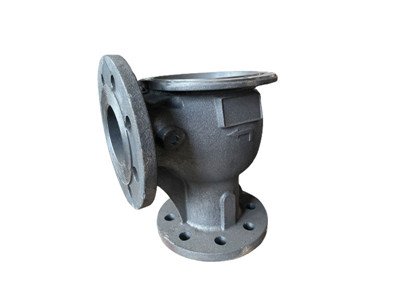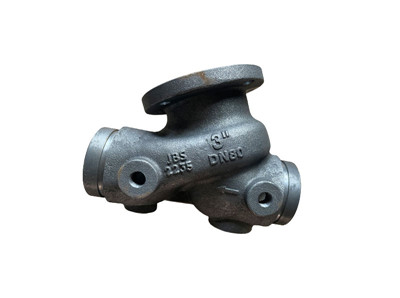Ball valves play a crucial role in controlling the flow of liquids and gases in various industrial applications. Among the key components associated with these valves, ball valve locks are essential for ensuring proper functionality and safety. In this comprehensive guide, we will delve into the intricate workings of ball valve locks, their significance, and the advantages they offer in different settings.
I. Unveiling the Basics of Ball Valves:
Ball valves, fundamental to fluid control systems, employ a spherical closure unit to regulate flow. This design provides a quick and reliable shut-off mechanism, making ball valves popular in diverse industries. The efficiency of these valves lies in their simplicity and versatility.
II. The Core Component: Understanding the Ball Valve:
At the heart of a ball valve is the spherical closure, commonly referred to as the ball. This ball has a hole through its center, allowing for precise control of fluid or gas flow. The ability to rotate this ball results in a straightforward mechanism for turning the flow on or off.
III. Enhancing Security: The Role of Ball Valve Locks:
Ball valve locks act as a crucial safety measure, preventing unauthorized access or unintentional manipulation of the valve. These locks are designed to secure the valve in a specific position, ensuring that the flow remains controlled and consistent.
IV. Types of Ball Valve Locks:
1. Padlock-Style Locks:
Padlock-style ball valve locks provide a visible and physical barrier to tampering. They are easily identifiable, serving as a deterrent against unauthorized adjustments to the valve.
2. Adjustable Lockout Devices:
Adjustable lockout devices offer flexibility in securing ball valves of different sizes. Their adaptable design makes them suitable for a wide range of applications, adding an extra layer of security.
V. Installation and Operation: A Step-by-Step Guide:
Understanding how to install and operate ball valve locks is paramount to their effectiveness. This section will guide you through the process, ensuring a seamless integration into your existing fluid control system.

VI. Benefits of Using Ball Valve Locks:
1. Safety Compliance:
Implementing ball valve locks contributes to safety compliance, meeting industry standards and regulations. This is particularly crucial in environments where stringent safety measures are mandated.
2. Preventing Accidental Operation:
The lockout feature of ball valve locks prevents accidental operation, reducing the risk of spills, leaks, or other hazardous situations. This is particularly beneficial in scenarios where precise control over the flow is imperative.
3. Enhanced Security Measures:
Ball valve locks enhance overall security by preventing unauthorized personnel from manipulating critical valves. This feature is essential in facilities where restricted access is paramount to maintaining operational integrity.
VII. Applications of Ball Valve Locks:
1. Industrial Settings:
In industrial settings, ball valve locks find widespread use in securing valves controlling the flow of chemicals, liquids, or gases. The added security they provide ensures the integrity of processes within manufacturing plants.
2. Utilities and Municipalities:
Utilities and municipalities utilize ball valve locks to safeguard valves in water treatment plants, ensuring the controlled distribution of water resources. The locks play a vital role in preventing tampering that could lead to contamination or distribution issues.
3. Oil and Gas Industry:
Ball valve locks are integral in the oil and gas industry, where the control of fluid flow is critical. Locking mechanisms prevent unauthorized access to valves that regulate the flow of oil or gas, minimizing the risk of accidents or environmental damage.

VIII. Selecting the Right Ball Valve Lock for Your Needs:
Choosing the appropriate ball valve lock involves considering factors such as valve size, application requirements, and specific safety regulations. This section will guide you through the decision-making process, ensuring that the selected lock aligns with your operational needs.
IX. Maintenance and Inspection Protocols:
Ensuring the longevity and effectiveness of ball valve locks requires regular maintenance and inspection. This section outlines best practices for keeping your locking mechanisms in optimal condition, contributing to the overall reliability of your fluid control system.
Conclusion:
In conclusion, ball valve locks play a pivotal role in maintaining the safety, security, and efficiency of fluid control systems across various industries. Understanding the mechanisms, benefits, and proper usage of these locks is essential for ensuring smooth operations and compliance with industry standards. Whether in industrial, municipal, or oil and gas settings, the incorporation of ball valve locks is a proactive step towards achieving reliable and secure fluid control.
 English
English
![]()
 English
English
 Russian
Russian
 French
French
 Spanish
Spanish














